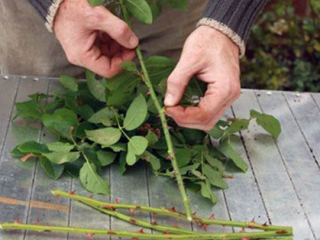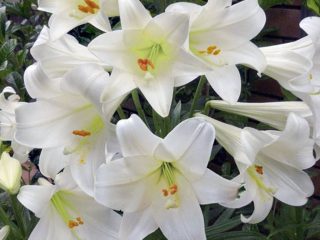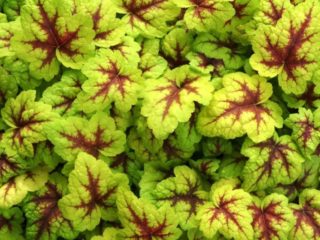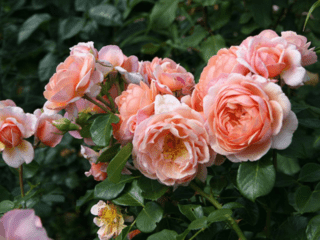Content
The perennial evening primrose is popularly known under a different name: night primrose or night violet. And the botanical name of the plant is aspen. Currently, the culture is known among gardeners as a curiosity that blooms buds in the evening.
Description
Only perennial or biennial evening primrose is mainly grown on the site. Annual flowers are not popular with gardeners. It is difficult to distinguish them by appearance, but perennial evening primrose blooms most often in the second year after planting and has many varieties. The annual plant is sown in the ground to admire the flowers until late autumn: the crop is characterized by frost resistance.
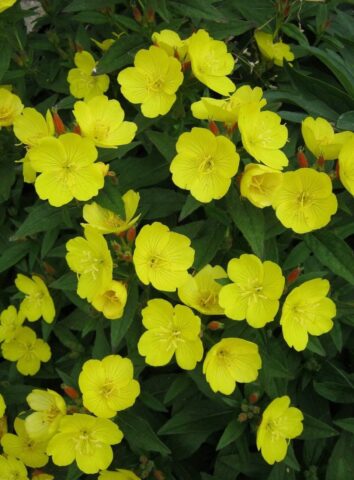
In landscape designs and on plots, preference is given to perennial evening primrose: it quickly spreads by self-sowing
Externally, the culture looks like a shrub, whose height varies from 25 to 130 cm, with erect stems.The leaves are simple in shape and reach 25 cm in length. Most varieties have yellow flowers, but there are also representatives with pink, white or blue petals.
Varieties and types of perennial evening primrose
When choosing a variety, you should rely on the characteristics of the plant: frost resistance, features of agricultural technology. An analysis of your site is also required: soil composition, lighting. To achieve maximum aesthetics, you can place several types and varieties of crops in your flowerbeds.
Shrub
This plant originates in North America, where it has been grown since the age of 13. The height of the bush evening primrose (Oenothere fruticosa) reaches 30-70 cm, is distinguished by a powerful root system and rigid straight stems, slightly branching upward. The decoration of a perennial crop is yellow buds up to 4-5 cm in diameter, collected in groups. They bloom in June.
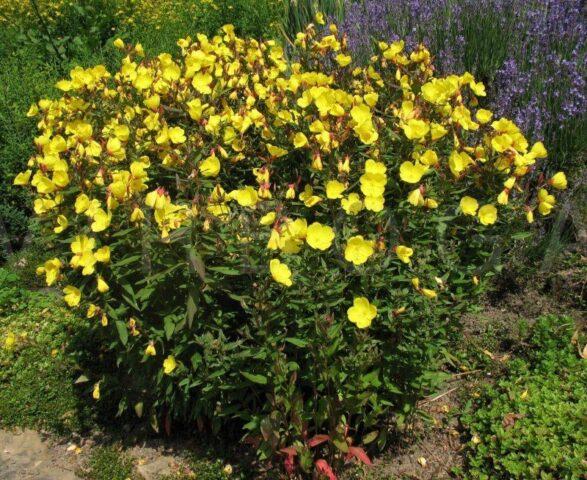
In summer, the foliage of the evening primrose shrub is green in color, but closer to autumn it acquires a reddish tint.
Missouri
Most often, this variety is called large-fruited. The perennial evening primrose Missouri (Oenothera missouriensis) is a low-growing plant, reaching a height of 30 cm. The flowers of the crop are yellow or lemon-colored, opening in the evening. They are presented in the form of large four-petalled buds, up to 10-12 cm each, with numerous stamens.
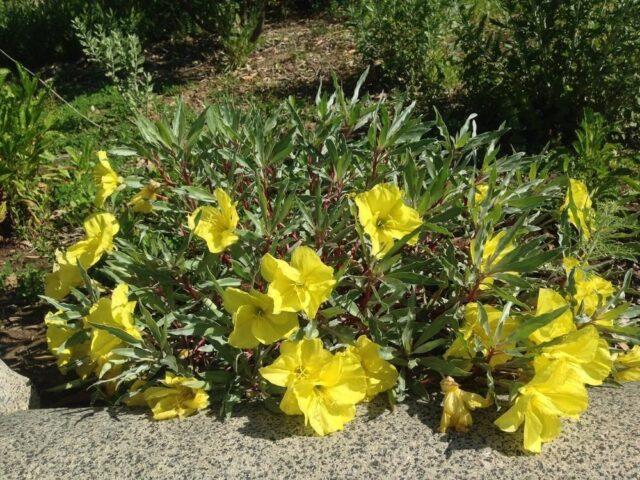
Missouri evening primrose is a good honey plant, so it can be planted near beehives
Not only are the flowers beautiful, but also the leaves: lanceolate or oval in shape, large in size with jagged edges and light veins.
Biennial (Night candle)
And although most people, when they see photos of flowers, think that they are admiring a perennial evening primrose, there is also a biennial in this family.
You need to pay attention to the leaves: they are rosette type and appear after flowering. During this period, they can be separated from the mother bush and planted. The leaves are long, scattered along the stem, and look like dandelion shoots.
Most often, biennials can be found in natural conditions in meadows and fields, on the outskirts of pine forests. The plant prefers sunny and dry places. The shrub can reach 150 cm, its stem is often branched.
In the second year after sowing, a peduncle appears on the plant, whose height can reach 100 cm. The buds can be admired from mid-summer until September-October, when yellow flowers with shiny petals form on the tops of the shoots. The evening primrose reaches 4-6 cm in diameter, has the appearance of a rosette, which opens in the evening, begins to smell very pleasant, and fades in the morning. Nearby, another bud blooms as the sun sets.
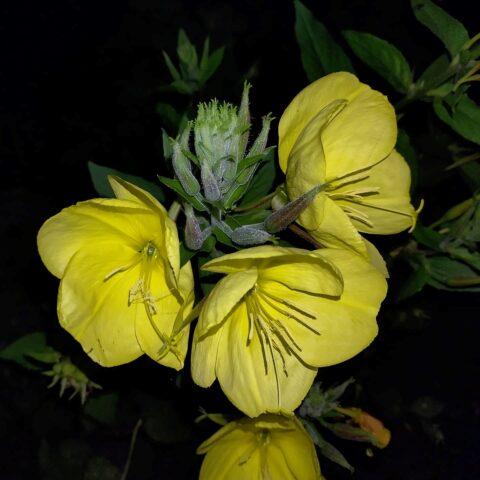
Evening primrose got its name “night candle” due to the fact that its petals reflect moonlight
Among the varieties of this variety, Pinocchio is famous, whose buds reach 4.5 cm in diameter. The shoots are straight and grow up to 120 cm in height. It is possible to observe flowering throughout the season, right up to frost.
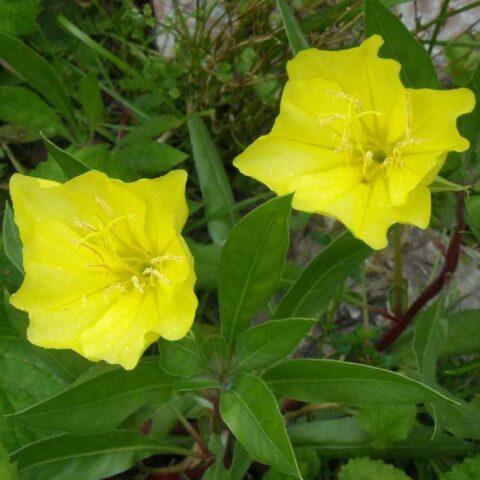
In the Pinocchio variety, buds form in the second year after planting, so it is best to cover the plant for the winter
Beautiful
It is also possible to grow more unusual varieties of crops.The perennial evening primrose (Oenothera speciosa) got its name from the shade of its petals: pinkish with distinct veins. The shrub reaches 1.5 m in height and is demanding in terms of care: it loves dry, sunny places.
One popular variety is Pink Evening Primrose. Its flowers are white and pink, the petals are cup-shaped. The bud reaches 5 cm in diameter and exudes a delicate sweetish aroma. The height of the bush does not exceed 40 cm.
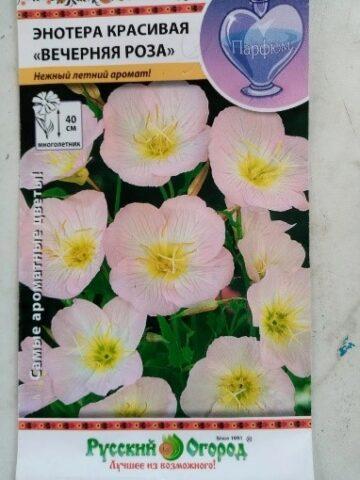
Most often, the Evening Rose variety blooms in the second year of life, but if you use seedlings, you can see the buds this summer
Large-flowered
Among the yellow perennial evening primroses, Missouri and grandiflora are often confused. But unlike the low-growing variety of the flower, the latter can reach 1 m in height. In summer, large-flowered evening primrose produces a large number of yellow buds. Each of them exudes a subtle pleasant aroma.
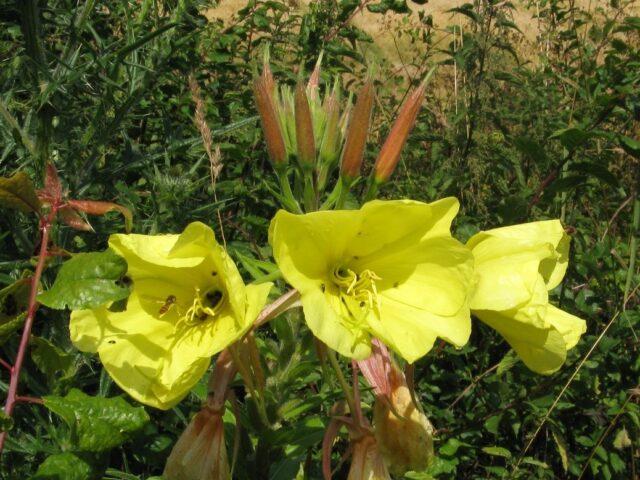
The bud diameter of the large-flowered variety of evening primrose can reach 5 cm
Stemless
During the daytime, the leaves resemble hostas in size and appearance. But at night, the stemless evening primrose (Oenothera Acaulis) is covered with very beautiful yellow flowers. They appear from rosettes of leaves from June to September.
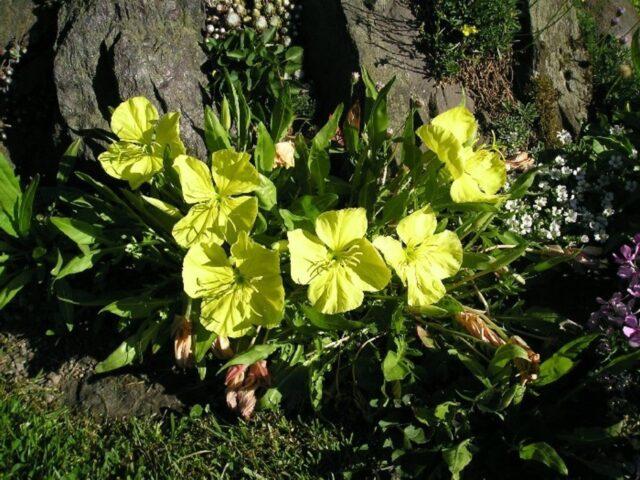
Evening primrose stemless is easy to care for and frost-resistant.
Quadrangular
Evening primrose (Oenothera tetragona), depending on conditions, can reach a height of 50-80 cm. It is undemanding to care, although it loves sunny places, it also feels great in partial shade. Four-petalled buds form from June to August.
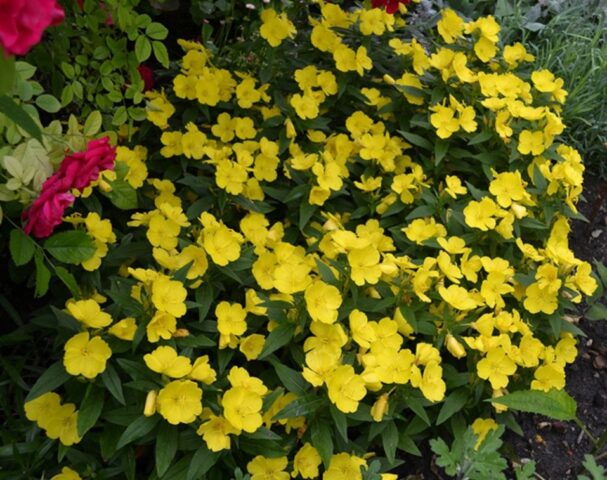
The quadrangular evening primrose easily reproduces by self-sowing and division, so it can decorate the area in a short time
When does perennial evening primrose bloom?
The formation of buds occurs in each species at approximately the same time. Perennial evening primrose begins to bloom in June and ends with the onset of frost. To extend this period as much as possible, it is necessary to properly care for the flower and remove faded buds in a timely manner.
Planting perennial evening primrose
The plant needs to be provided with a sunny or semi-shady place on the site. A little shading will not have a strong effect on flowering, but fewer buds will form on the shrub.
The soil in the flowerbed should be light and fertile, well drained. You need to make sure that all weeds are removed from the ground, and that the soil mixture itself has a neutral or slightly acidic environment.
Important! The bed must be formed taking into account the characteristics of the plant: the flower has a powerful rhizome. There should be a distance of at least 25-40 cm between seedlings.
The work algorithm depends on the type of crop:
- Two-year-old evening primrose is sown in the ground in September or October before frost, so that the strongest specimens emerge in the spring. After the snow melts, thin out the plants and ensure proper conditions.
- Perennial varieties are planted in March or April. When sowing material in spring, it is necessary to freeze it. This is necessary so that the seeds germinate easily. Material should be placed in the beds every 30-50 cm to a depth of 1.5 cm. After sowing, water the bed and provide proper care.
Caring for perennial evening primrose
Any plant will match the photo on the Internet only if it is properly cared for. Even unpretentious varieties need weeding, watering and fertilizing. The stage of preparation for the winter period is mandatory.
Spraying and watering
If it rains regularly, then it is enough to moisten the soil 2-3 times per season.At 1 m2 Flowerbeds should have 2 liters of warm water.
The next day after watering, surface loosening and mulching of the soil is mandatory. In the first months after germination, you need to monitor weeds. As the root system develops, the evening primrose will not give other plants a chance to displace it from the garden bed.
Top dressing
Although the perennial is unpretentious, it blooms better after fertilizing the soil. During the season it is necessary to add a complete mineral complex for flowers. An alternative is potassium sulfate mixed with superphosphate. At 1 m2 1 tbsp is required. l. feeding.
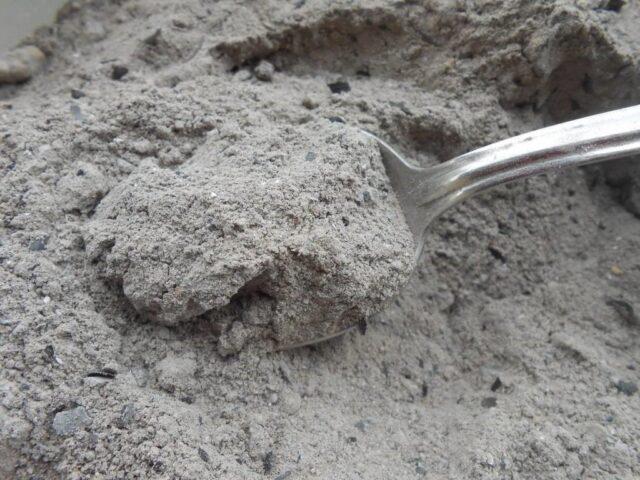
One of the options for fertilizing perennial evening primrose is dusting the soil with wood ash.
Trimming
Removing shoots during the season is not recommended. Wilted buds or damaged stems must be pruned. It is allowed to remove shoots at ground level in the fall for a safe wintering.
Transfer
This perennial has a negative attitude towards being transferred to a new place of residence. The powerful root system grows widely and deeply, so it is very difficult to pull it out without damaging it. An alternative option is to propagate the perennial evening primrose, transplant the young seedling to the desired location, and destroy the mother bush.
But if you want to preserve the plant, it can be rejuvenated and replanted. The procedure is carried out every two years. To do this, you need to build a flowerbed, transfer some of the soil there from the bed where the bush was located, and add wood ash. Divide the rhizome of the perennial evening primrose and plant it in new beds, water it abundantly.Mulch the soil on top. Observe the seedling for several days.
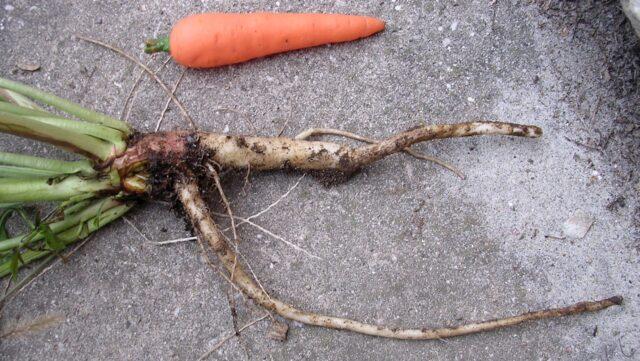
The more carefully you divide the rhizome, the higher the chances of successfully replanting the perennial
Preparing for winter
Most varieties are frost-resistant. The beautiful evening primrose can suffer in very cold or snowless winters, so it is recommended to cover it with spruce branches or material.
Reproduction
Gardeners usually have no problems with increasing the number of shrubs. In most varieties, reproduction occurs by self-sowing. And more often than not, owners fight the culture, trying to limit its spread. If there is a need to propagate the plant, you can sow the seeds in a flower bed in the fall. The strongest specimens will emerge in the spring.
The second method is division by rosette ground leaves that appear after flowering. It is enough to disconnect them from the mother bush and plant them in a separate flowerbed.
Diseases and pests
Perennial evening primrose grows well in well-drained soil, but can rot in heavy, constantly wet soil. And although pests and diseases are not afraid of it, very young shoots can be eaten by aphids.
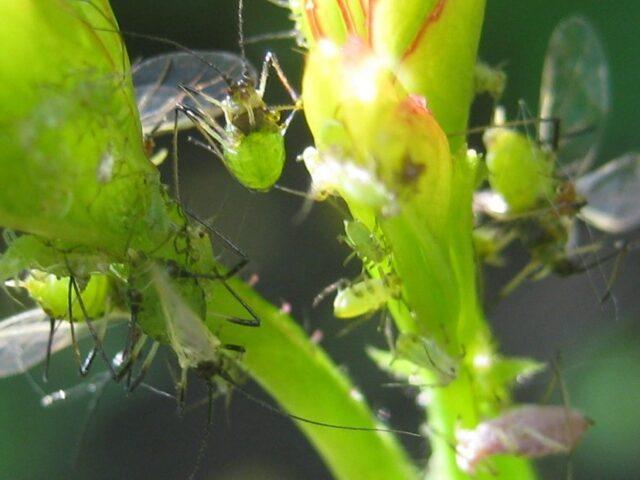
Preparations such as Aktara, Fufanon or Actellik are suitable for killing aphids.
Evening primrose perennial in landscape design
Before flowering, the shrub looks great on the lawn in single compositions or in a group with astilbes, bellflowers or delphiniums. If you plant large varieties, then it is best to place lobelias or marigolds, alyssum around them.

Most often, the Night Candle is recommended to be used to decorate the background, but the flower will also decorate paths, gazebos or rockeries
Conclusion
Perennial evening primrose is a real find for beginning gardeners who dream of beautiful, unpretentious flowers. It is enough to provide the shrub with a bed with neutral soil located in a sunny place. With proper care, you can admire the yellow buds forming a flower “carpet” for more than one year.



